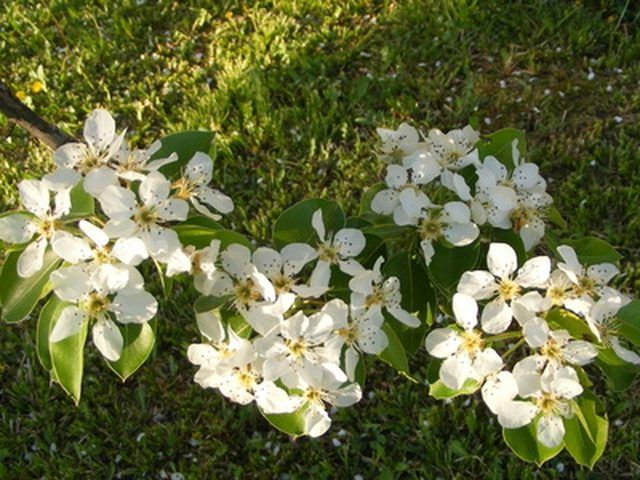Bulbs
Flower Basics
Flower Beds & Specialty Gardens
Flower Garden
Garden Furniture
Garden Gnomes
Garden Seeds
Garden Sheds
Garden Statues
Garden Tools & Supplies
Gardening Basics
Green & Organic
Groundcovers & Vines
Growing Annuals
Growing Basil
Growing Beans
Growing Berries
Growing Blueberries
Growing Cactus
Growing Corn
Growing Cotton
Growing Edibles
Growing Flowers
Growing Garlic
Growing Grapes
Growing Grass
Growing Herbs
Growing Jasmine
Growing Mint
Growing Mushrooms
Orchids
Growing Peanuts
Growing Perennials
Growing Plants
Growing Rosemary
Growing Roses
Growing Strawberries
Growing Sunflowers
Growing Thyme
Growing Tomatoes
Growing Tulips
Growing Vegetables
Herb Basics
Herb Garden
Indoor Growing
Landscaping Basics
Landscaping Patios
Landscaping Plants
Landscaping Shrubs
Landscaping Trees
Landscaping Walks & Pathways
Lawn Basics
Lawn Maintenance
Lawn Mowers
Lawn Ornaments
Lawn Planting
Lawn Tools
Outdoor Growing
Overall Landscape Planning
Pests, Weeds & Problems
Plant Basics
Rock Garden
Rose Garden
Shrubs
Soil
Specialty Gardens
Trees
Vegetable Garden
Yard Maintenance
Cleveland Pear Tree Facts
Cleveland Pear Tree Facts. The Cleveland pear tree does not produce pears; it is for ornamental purposes. These trees are immensely popular throughout the United States where they are used for landscaping and are planted up and down walkways and driveways. The Cleveland pear is popular because it will grow in places such as parking lots, where...

The Cleveland pear tree does not produce pears; it is for ornamental purposes. These trees are immensely popular throughout the United States where they are used for landscaping and are planted up and down walkways and driveways. The Cleveland pear is popular because it will grow in places such as parking lots, where other trees fail to grow.
History
The Cleveland pear was bred specifically to replace its predecessor the Bradford pear. The Bradford pear, a popular landscaping tree had major problems relating to storm damage. When it got to the age of 20, the narrow branches of the tree made it susceptible to storms. Many of these trees were planted in the middle of cities, and when the branches fell they damaged utility lines, cars and buildings. As a result, many municipalities passed laws outlawing the Bradford pear. The Cleveland pear was bred to grow branches closer together so that during snowfalls and storms they wouldn't break off.
A Seedless Breed
Unlike the Bradford pear, the Cleveland pear tree has no fruit production. The Bradford pear produced pods of seeds that were carried and eaten by birds. The birds would then drop the seeds and Bradford pear trees would grow where they fell. They began competing with native trees and disrupting landscapes. Hence the Cleveland pear was bred to have no seeds.
Appearance
The Cleveland pear flowers in the spring with large numbers of small, white flowers that have a pleasant smell. Throughout the summer, the Cleveland pear has shiny green leaves and its large size makes it an excellent tree for shade. During fall, the Cleveland's leaves turn spectacular shades of red, orange and purple. The tree's leaves resemble the shape of a pear.
Growing Conditions
Cleveland pear trees can grow up to 30 feet tall and spread up to 15 feet wide with the right growing conditions. The tree needs a few hours of sunlight a day, but does fine in partial shade and sun. Cleveland pears are drought-resistant and can grow in many types of soil condition. They will grow almost anywhere. Fall is the best time to prune a Cleveland pear. However, as the tree has an appealing oval shape, many growers, both professional and amateur, recommend letting the tree develop naturally.
Planting
When planting a Cleveland pear, a hole should be dug twice the size of the tree's root ball. The tree should then be held in the hole with the top of the root ball just below ground level. The extracted soil can then be used to fill in the space around and above the root ball and then patted down. The tree should be given a small amount of fertilizer and watered thoroughly (it will perform best with a regular watering schedule). The best time to plant a Cleveland pear is in the fall or spring.